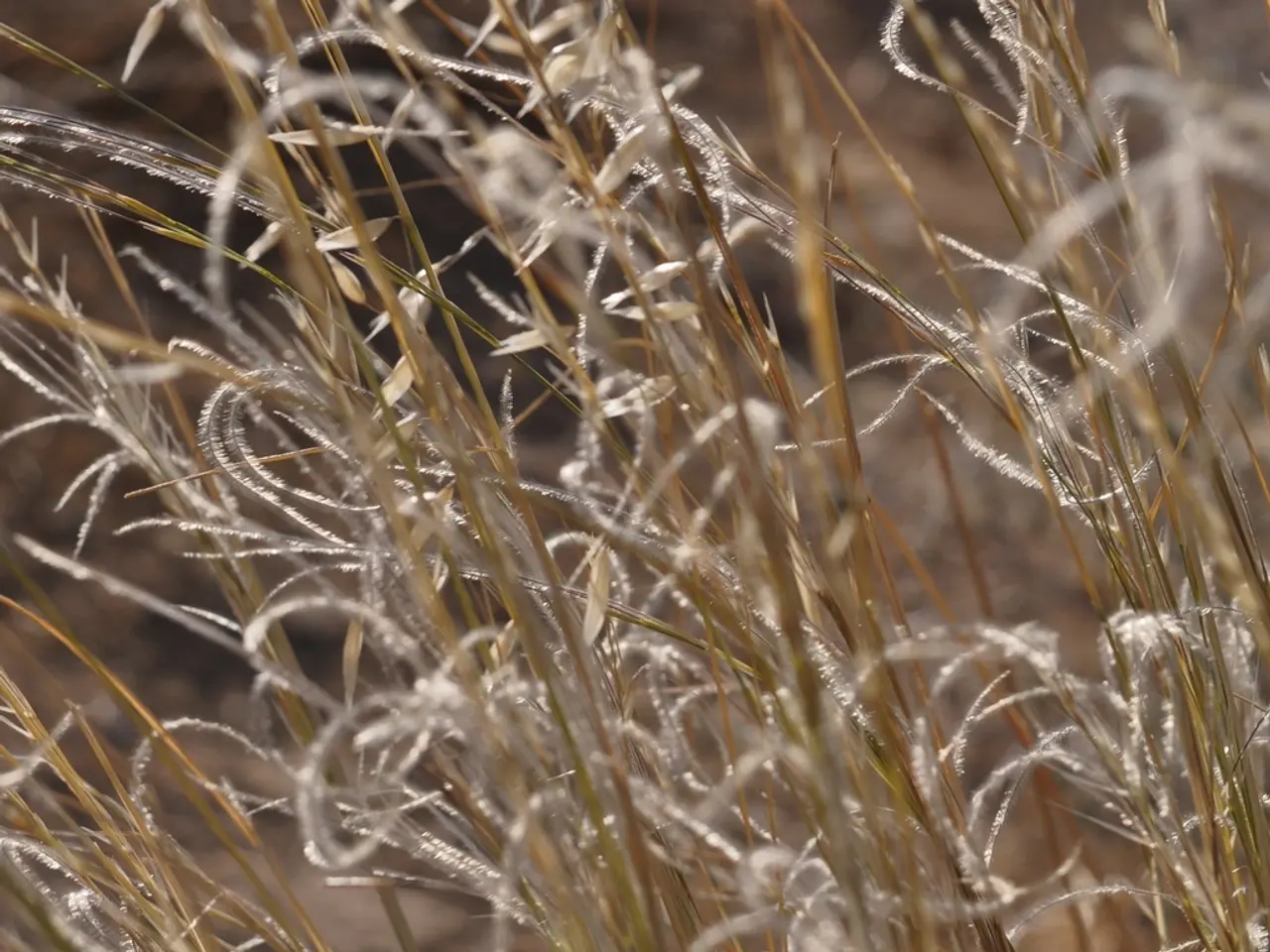Seasonal Fertilization Strategies for a Lush and Green Lawn
Grass Fertilization Timing: Seasonal Guidance for Vibrant Gardens
Spring is the ideal time to apply nitrogen-rich fertilizers to your lawn, helping it recover from winter and prepare for the growing season. But, understanding the type of grass you have is crucial for selecting suitable fertilizers. This article will delve into the recommended fertilization techniques and schedules for both cool-season and warm-season grasses.
Cool-season grasses
For cool-season grasses, such as Kentucky Bluegrass and Fescue, fertilization is best done in early spring, early fall, and fall (Sept-Nov). Fertilizing early spring helps the lawn recover from winter, while applying in early fall (September-October) promotes root growth and energy storage before winter. A final nitrogen-only dose in November maintains color and reserves for winter. Avoid fertilizing too early in spring to prevent weak top growth, and avoid over-fertilizing to balance top and root growth and prevent environmental runoff. Fertilizing during extreme heat should also be avoided to prevent nutrient burn.
Warm-season grasses
Warm-season grasses, like Bermuda and Zoysia, require a different approach. Fertilize in late spring once grass is actively growing to promote healthy turf. An optional midsummer application may be necessary. Apply a winterizer fertilizer (high in potassium, low nitrogen) mid-late fall (6+ weeks before frost) to support winter hardiness. Avoid nitrogen fertilizer after August as warm-season grasses go dormant in fall. The timing may vary by climate zone, with earlier applications in transition zones and later applications in southern warm zones.
Additional tips
For both types, it's best to avoid fertilizer application during periods of extreme heat to prevent nutrient burn. Fertilizer formulations differ by lawn condition: new lawns may benefit from higher phosphorus formulations, while established lawns do well with balanced nitrogen-phosphorus-potassium ratios. In regions with specific climate zones, schedules may overlap but generally follow the same seasonal rules with minor timing adjustments.
Expert Advice
Glen, a gardening expert with over 15 years of experience in garden maintenance, design, and landscaping services, emphasizes the importance of a well-balanced starter fertilizer for kickstarting growth in new lawns. Fertilizing at the right moment ensures that the lawn can absorb nutrients while staying resistant to cold, heat, and foot traffic.
Maintaining a lush and green lawn throughout the year involves more than just fertilization. Monitoring the health of the lawn involves looking for bare patches, weeds, and overall vigor. The ideal time to fertilize grass is when soil temperatures hit 55 degrees Fahrenheit, usually around mid-April in many parts of the U.S.
[1] Soil Fertility and Plant Nutrition
[2] Lawn Fertilization
[3] Lawn Fertilization
[4] Lawn Fertilization
Home-and-garden enthusiasts interested in a lush lawn can look into seasonal fertilization strategies, particularly focusing on cool-season and warm-season grasses. For cool-season grasses like Kentucky Bluegrass and Fescue, fertilize in early spring, early fall, and fall (Sept-Nov), while warm-season grasses, such as Bermuda and Zoysia, require fertilization in late spring and a winterizer fertilizer mid-late fall (6+ weeks before frost). Glen, a gardening expert, encourages the use of a well-balanced starter fertilizer for kickstarting growth in new lawns.





